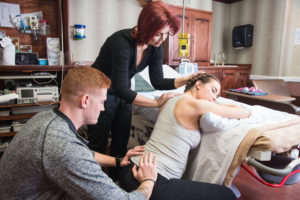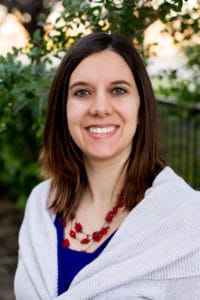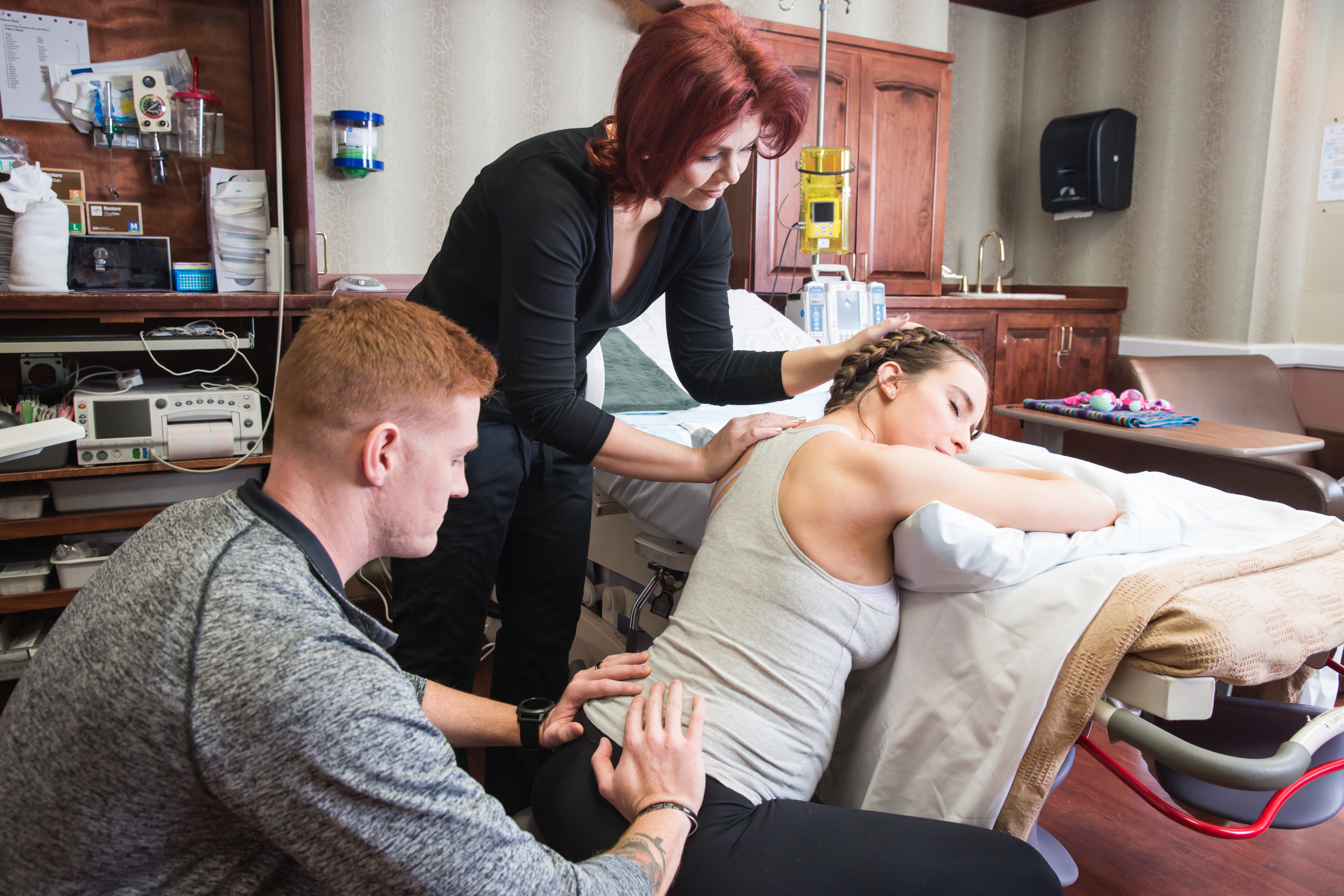by Dennis Dalman
news@thenewsleaders.com
When Melissa Kosloski was giving birth to her first baby, a boy delivered via C-section, she felt she just hadn’t been prepared enough for the experience.
“I thought I would just tough it out,” she recalled. “But I realized I could have had better support and could have learned more about the physiology of birth.”
That was in 2011. When she became pregnant again, she was determined to prepare more extensively for the birth. After doing a lot of research online and asking around, she discovered there are birth assistants named “doulas” who work with pregnant women before, during and sometimes after births to help make the experiences more predictable, less traumatic and far more comfortable.
Kosloski hired a doula, and in 2013, her second birth, another boy, went very well. She had the baby, attended by her husband and the doula, while reclining in a tub of water right in her own home.
“I felt so much more positive about the experience,” she said. “I felt empowered because of the doula. And I wanted to offer that empowerment to other women.”
And that’s how Kosloski herself became a practicing doula. Now a resident of Rice, Kosloski grew up in the St. Joseph area and graduated from Sartell High School in 2002. She is a child-birth educator, a part-time doula and teaches at a chiropractic clinic in Sartell as well as other places.
Doulas
The word doula derives from the Greek word for “female servant” or “labor helper.”
A doula cannot perform medical procedures relating to pregnancy or birth, but they are certified through training to do many other helpful things: massage, counter-pressure, relaxation, helping the woman maintain a supportive birth posture, providing water and soothing words of reassurance for the mother and often the baby’s father should he be present.
A huge help from a doula comes in the form of building confidence and reassurance months before the birthing process. The pregnant woman and the doula meet and discuss concerns, fears, natural-birthing techniques, what can be done if there are complications, misconceptions about giving birth and irrational fears that can be internalized.
Koskoski said in the birth process, the bigger the fears, the harder the labor. That is why confidence and reassurance inspired by the doula are so helpful. It also helps the fathers.
“The dads are usually nervous and not sure what to do,” she said, “so we reassure them, too. And we do follow-up visits. It’s so good to see the dynamic of love between the man, the woman and the new child.”
Some doulas are men, but not very many, Kosloski noted. In the central Minnesota area, there are possibly up to a dozen doulas, but there are hundreds in the Twin Cities area, and many are willing to help out elsewhere. Some doulas also help out post-partum, making visits to the families, helping with light housework and offering tips on baby care, such as nursing and so forth.
There are even “sibling doulas,” who care for the siblings during the birth process.
Research shows doulas are beneficial in many ways: maternal and infant health, shorter deliveries, fewer C-sections, fewer complications of other sorts, fewer medications and a reduced use of fetal-delivery tools.
Third son
Kosloski’s third baby, yet another son, was also born in 2016 at home but not, like the second son, in a water tub.
Her husband, Loren, is highly supportive of her doula work and the two at-home births. He is also supportive in making birthing a family affair. The two oldest boys were present at the birth of their little brother and happily saw him being born.
“His stepmother is a home-birth midwife,” she said. “So, naturally, he is OK with births at home.”
Loren works as an athletic trainer and with rehab-and-treatment at the Chiropractic Performance Center in Sartell.
Roufs
Kosloski credits Paula Roufs as a trailblazer for doulas in central Minnesota.
Raised in St. Joseph and now a St. Cloud resident, Roufs started a network called Birth Community of which she is president, and Roufs helped organize and operate it.
To find out more about The Birth Community, visit www.thebirthcommunity.com.
Another resource Kosloski recommends is a program called Birth Boot Camp, of which she is a member. Its wedbsite and its class schedules can be found at www.birthbootcamp.com
Kosloski describes birth as “pain with a purpose,” and thanks to doulas like she and others, that pain is much more bearable.

A husband and a doula help a woman relax during the birthing process. This photo was provided by a doula organization and was not taken in this area.

Melissa Kosloski is a certified doula who discovered the benefits of the birthing program before the birth of her second son.




